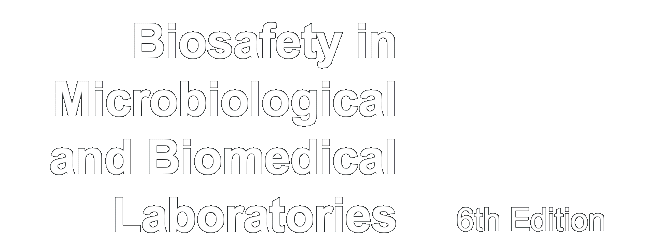Summary of Changes to the Biosafety in Microbiological and Biomedical Laboratories 6th Edition (BMBL-6)
This Summary of Changes was prepared by the ABSA International Technical and Regulatory Review Committee (TRR). May 2021
This Summary of Changes is not to be used as a substitute for the CDC/NIH BMBL-6 edition.
Download
Table of Contents
II: Biological Risk Assessment
IV: Laboratory Biosafety Criteria
Biosafety Level 1 (BSL-1)
Biosafety Level 2 (BSL-2)
Biosafety Level 3 (BSL-3)
Biosafety Level 4 (BSL-4)
V: Vertebrate Animal Biosafety Level Criteria for Vivarium Research Facilities
Animal Biosafety Level 1
Animal Biosafety Level 2
Animal Biosafety Level 3
Animal Biosafety Level 4
VI: Principles of Laboratory Biosecurity
VII: Occupational Health Support for Biomedical Research
VIII-F: Viral Agents Arboviruses and Related Zoonotic Viruses
Appendix B: Decontamination and Disinfection of Laboratory Surfaces and Items
Appendix C: Transportation of Infectious Substances
Appendix E: Arthropod Containment Guidelines
Appendix F: Select Agents and Toxins
Appendix G: Integrated Pest Management
Appendix H: Working with Human, NHP, and Other Mammalian Cells and Tissues
Appendix I: Guidelines for Work with Toxins of Biological Origin
Appendix J: NIH Oversight of Research Involving Recombinant Biosafety Issues
Appendix K: Inactivation and Verification
Section VIII-A: Bacterial Agents (pages 148-191)
The introduction specifically notes that there are multiple resources for agent information and that the BMBL-6 is just one of those that is used by the Biosafety Professional.
Very minor changes or updates were made to the information for Clostridium tetani in the BMBL-6. The information about the number of cases of tetanus reported to CDC from 1998 through 2000 was updated to 233. A statement was added that Tetanus is considered a medical emergency and treatment with human tetanus immune globulin is recommended.



